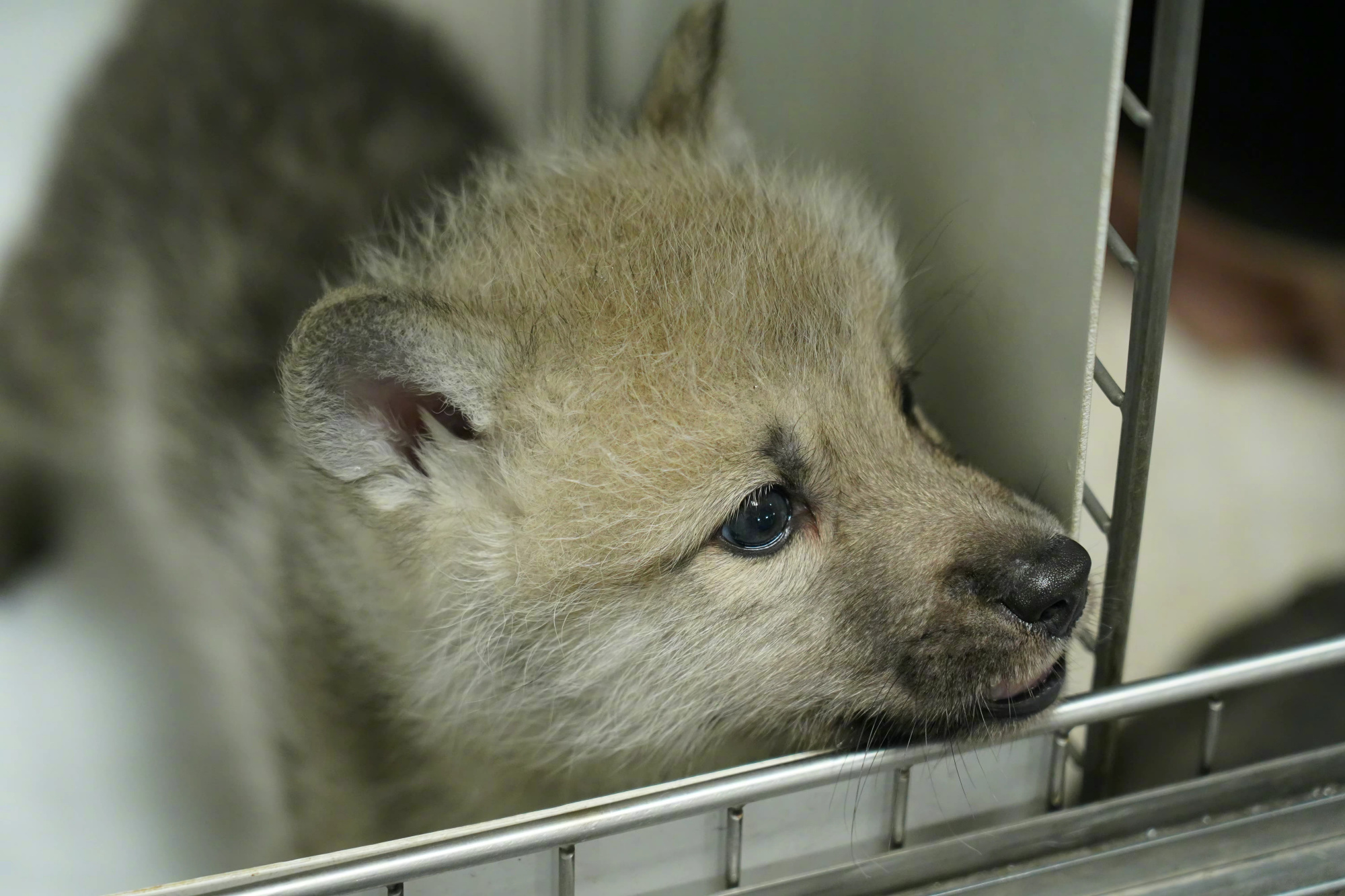Inputs by Shuchi Giridhar
The scientists at Sinogene Biotechnology Co (based in Beijing) have successfully created the world’s first cloned Arctic Wolf. The wolf, named Maya, is native to the queen Elizabeth Islands of Canada’s part of the High Arctic Tundra.
Being the first wolf to have been successfully cloned of her kind, Maya is considered an achievement in the use of cloning technology to conserve and protect rare and endangered species. The palesticking process of cloning the Arctic wolf began in 2020 with the help of Harbin Polarland in research. Maya’s donor cell has been taken from the skin sample of a Wild Arctic wolf. Maya’s oocyte is that of a dog.
Since beagles shared ancestry with ancient wolves, a beagle was chosen as Maya’s surrogate mother.
A surrogate is a creature, usually the female of the species, who carries a mammalian child through its gestation period.
The embryo/zygote/clone is transferred to the surrogate mother using a small procedure.
The company’s deputy general manager Mr. Zhao Jianping said that the process begins with taking enucleated oocytes and somatic cells and creating 137 new embryos.
85 of these embryos were transferred into 7 beagles.
Of these, only one beagle successfully gave birth to a healthy cloned Arctic Wolf. This wolf was named Maya by the scientists.
Maya has been doing pretty well healthwise and is currently 100 days old.
She will soon be transported to Harbin Polarland.
What is cloning and why does it matter?
In nature, reproduction among mammals happens through natural interaction of species. However, sometimes, this does not happen. As the numbers fall, conservationists try many things to ensure that the population of a species is maintained. Some of these measures are:
A. Conservation areas – A piece of their natural habitat is marked and human activity is stopped in that area, so that the species is not disturbed by human activity/hunting etc. and can grow in its natural environment. All national parks of India come in this category. India has succeeded in conserving many species in this way. Tigers, gharials, magars, rhinoceros, lions, elephants, red panda, are some of the animals whose numbers have increased because of this kind of intervention.
B. Conservation facilities – A special breeding and conservation facility is created where the animals are specially bred and then released into the wild. After crocodile numbers in India reduced and reached alarming levels, special crocodile breeding facilities were created in many parts of the country. This was also done for some species of fish.
C. Zoo efforts – Sometimes, where the species is very rare, they are kept in a zoo, and encouraged to breed. In a zoo, they have access to space that is completely theirs. Zookeepers ensure that they get adequate nutrition and play time. The Bristol Zoo, which closed recently, and many zoos in India, have done pioneering work in conservation.
D. Cloning – When all else fails and we reach alarming levels of population for a species, we use cloning. In cloning, only one parent’s DNA is replicated to create a child individual. Thus, in terms of their genetic makeup, clones are exactly like their parents. Cloning is a very expensive method with a high failure rate. The first cloned animal in the world was a sheep called Dolly, way back in 1996. Since then, while cloning has come a long way, it remains an expensive and high-risk method of conservation.

